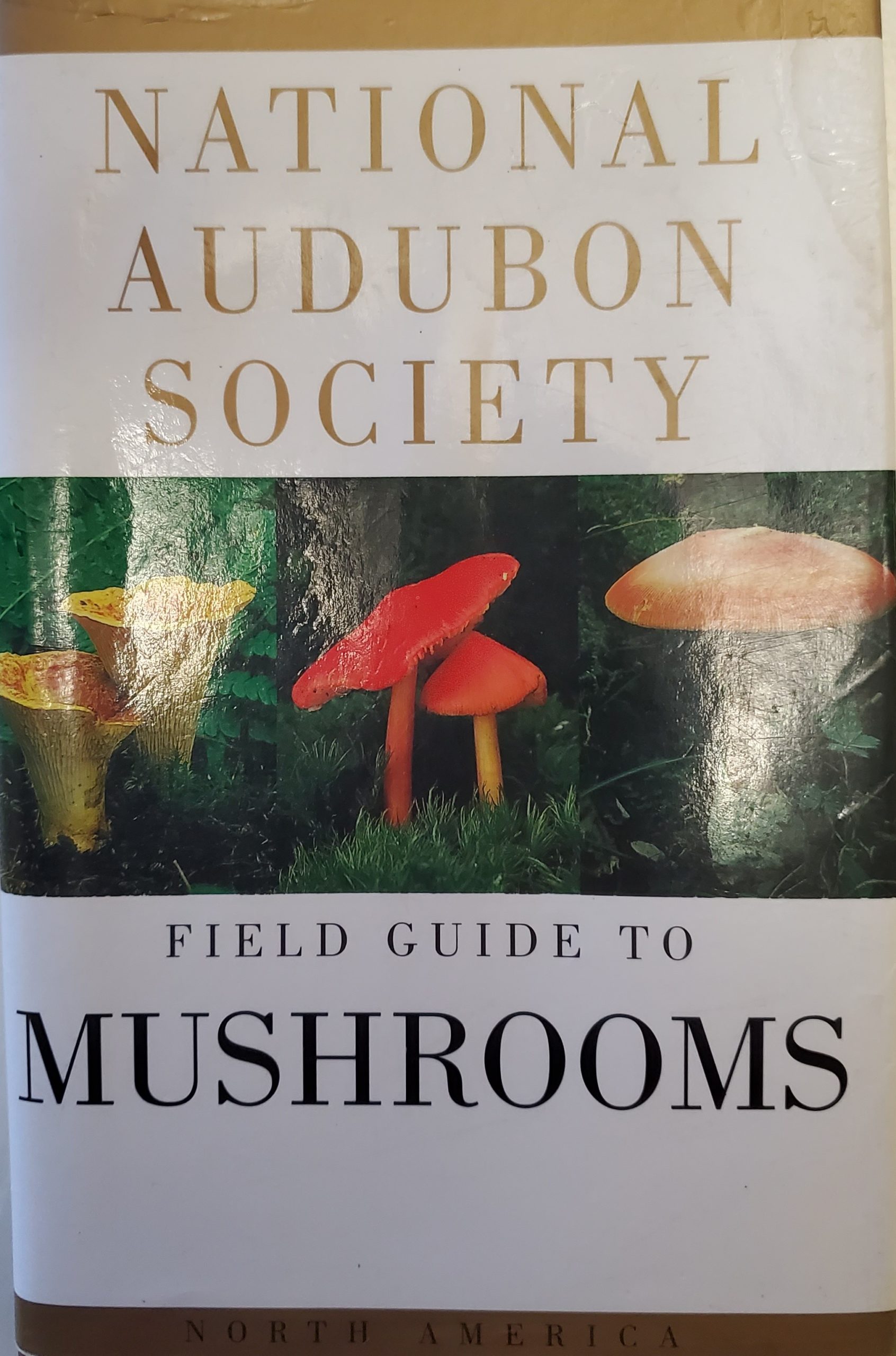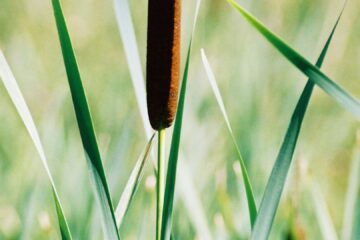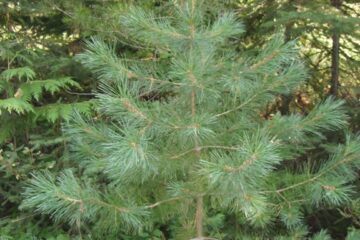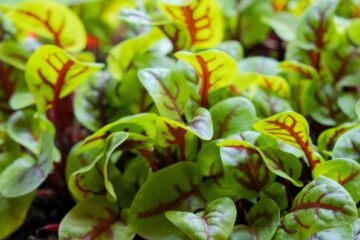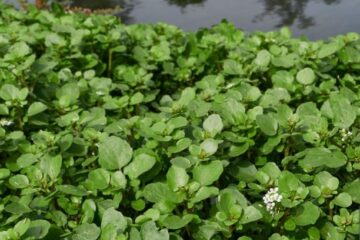Essential Resources for Foraging Edible Plants and Mushrooms
When I first ventured into foraging for edible plants and mushrooms, the vast variety available was overwhelming. It’s easy to get lost in the sea of possibilities, but the best way to start is by selecting a few species you feel comfortable identifying. Focus on those, and as you explore, be sure to photograph other plants and fungi you discover along the way. Later, you can use online resources and field guides to identify them. Just as you select specific foraging targets, start with one or two solid field guides for identification. As you gain experience, you’ll naturally expand your library of resources. My Go-To Field Guides for Foraging I often receive questions about which books and field guides I[…]
Read more
